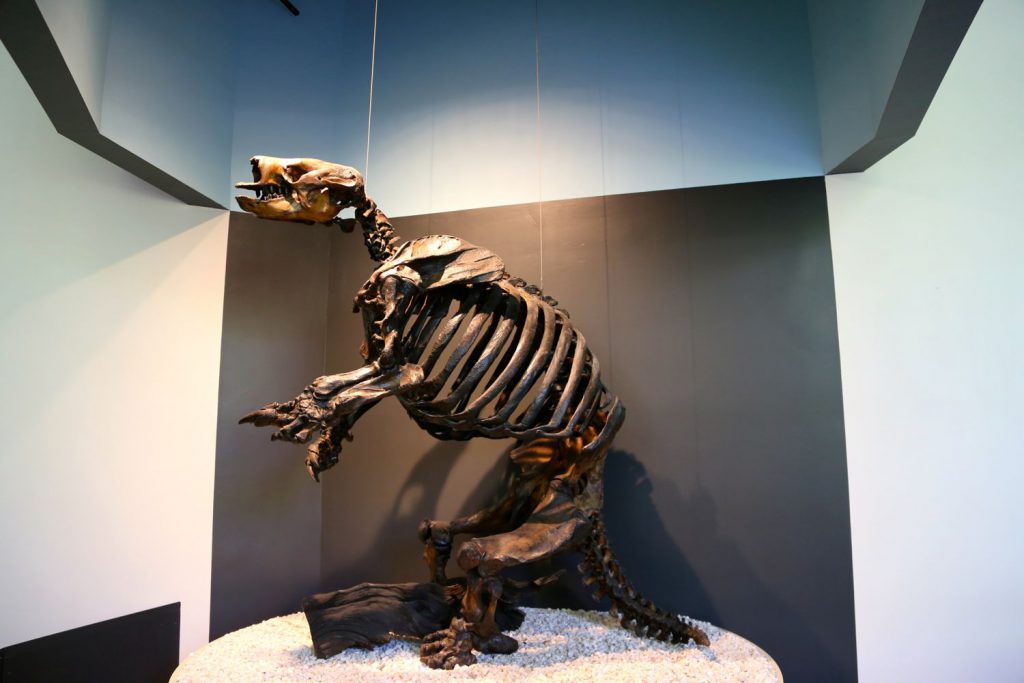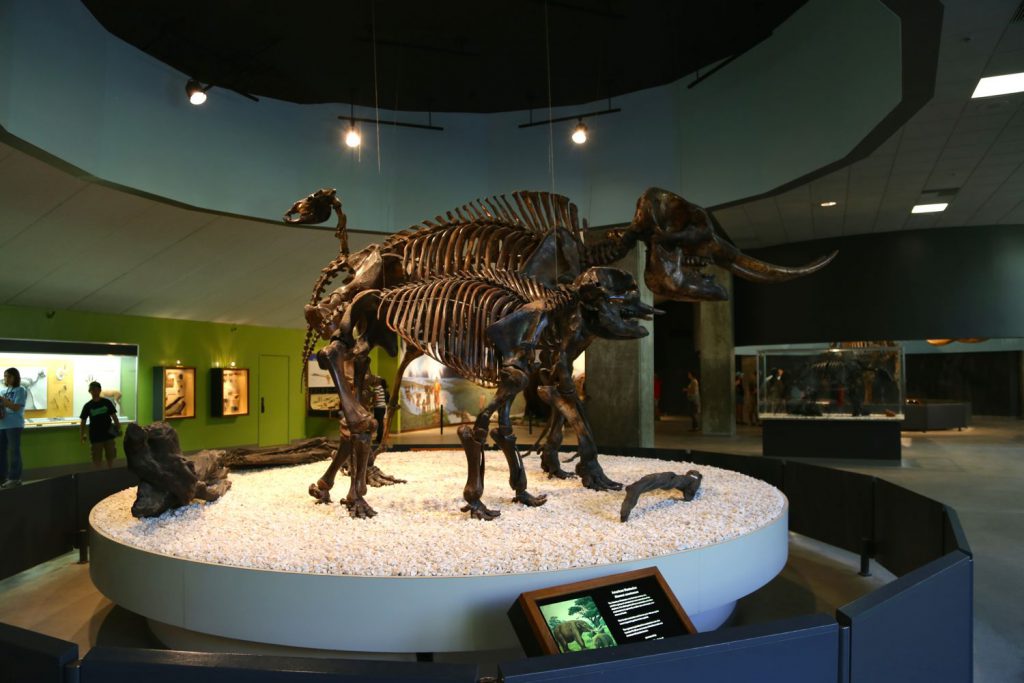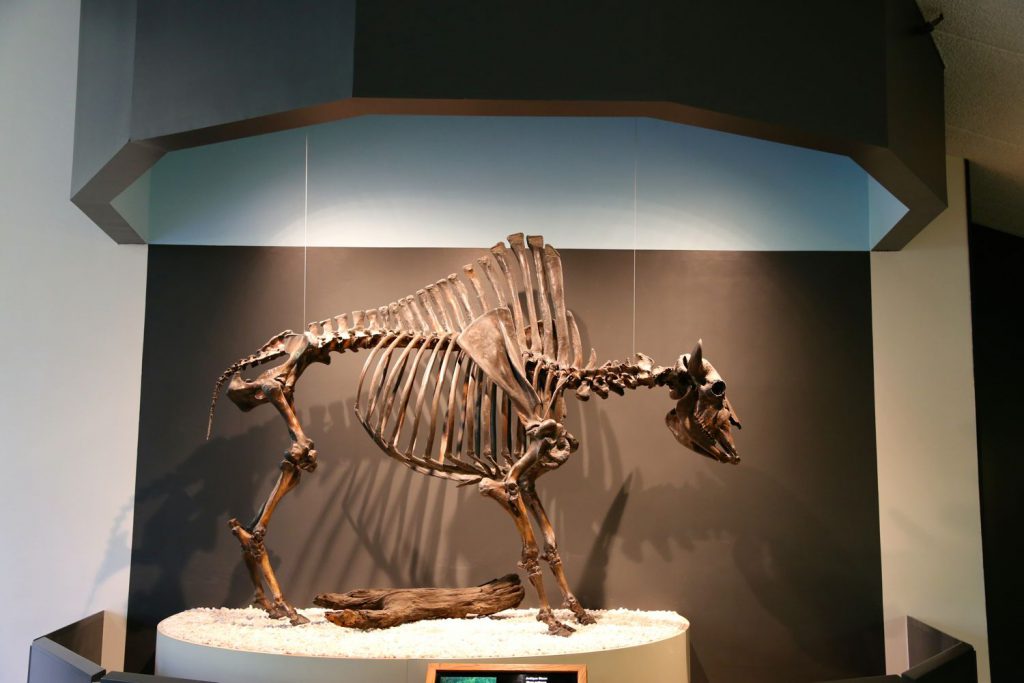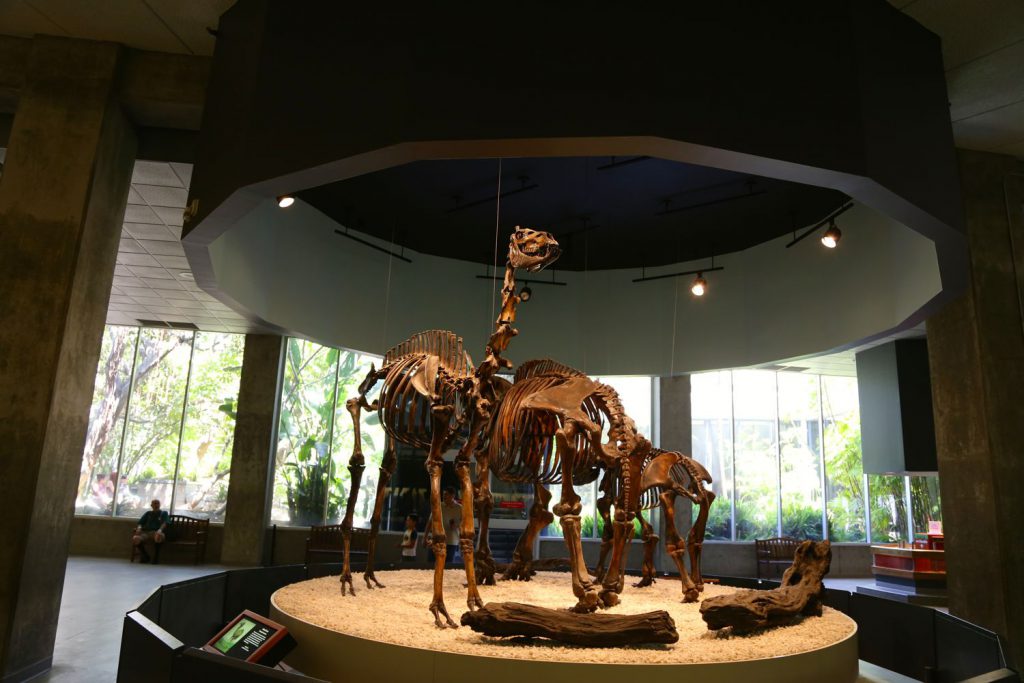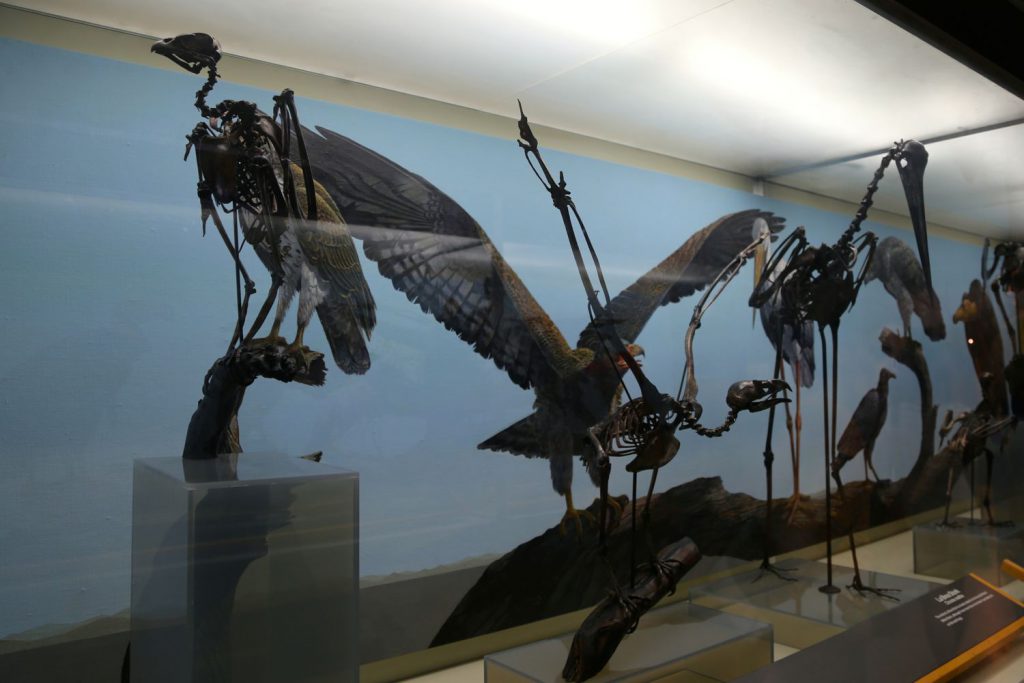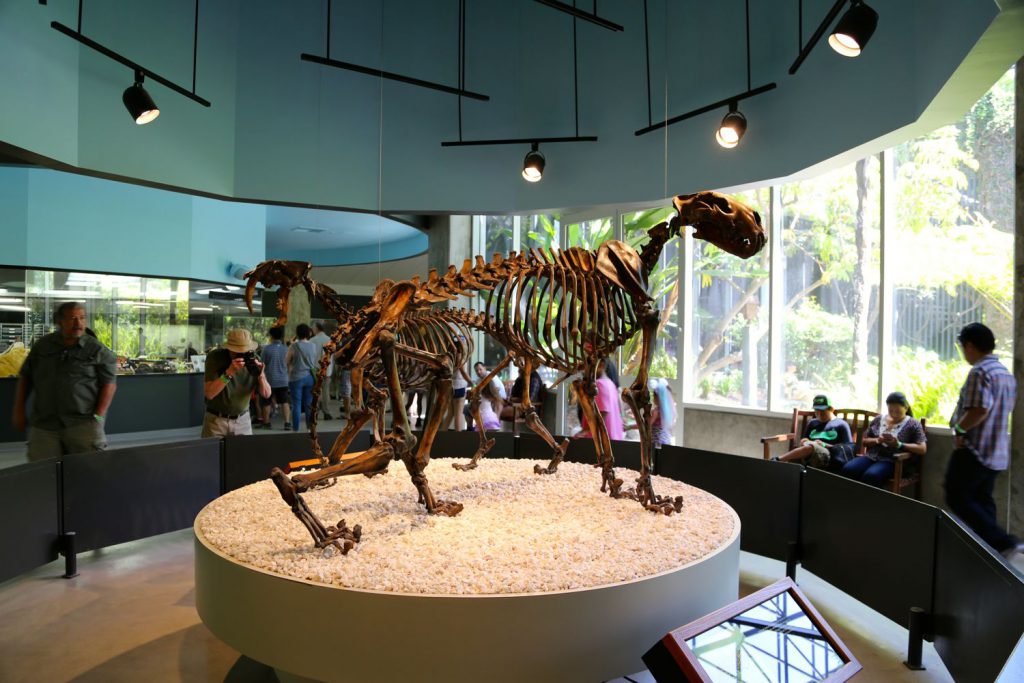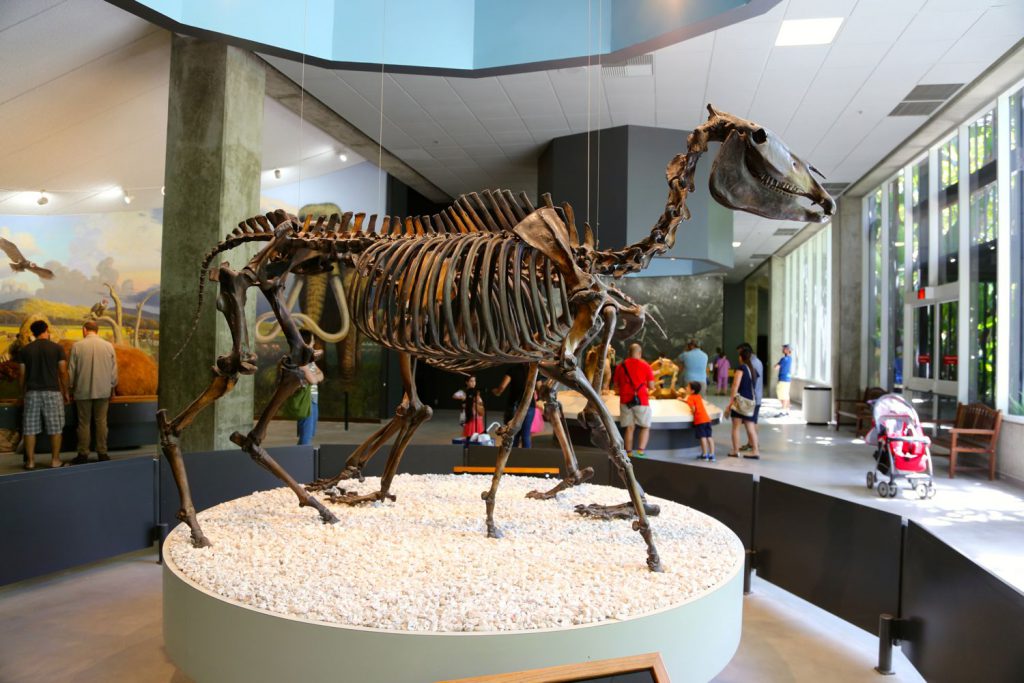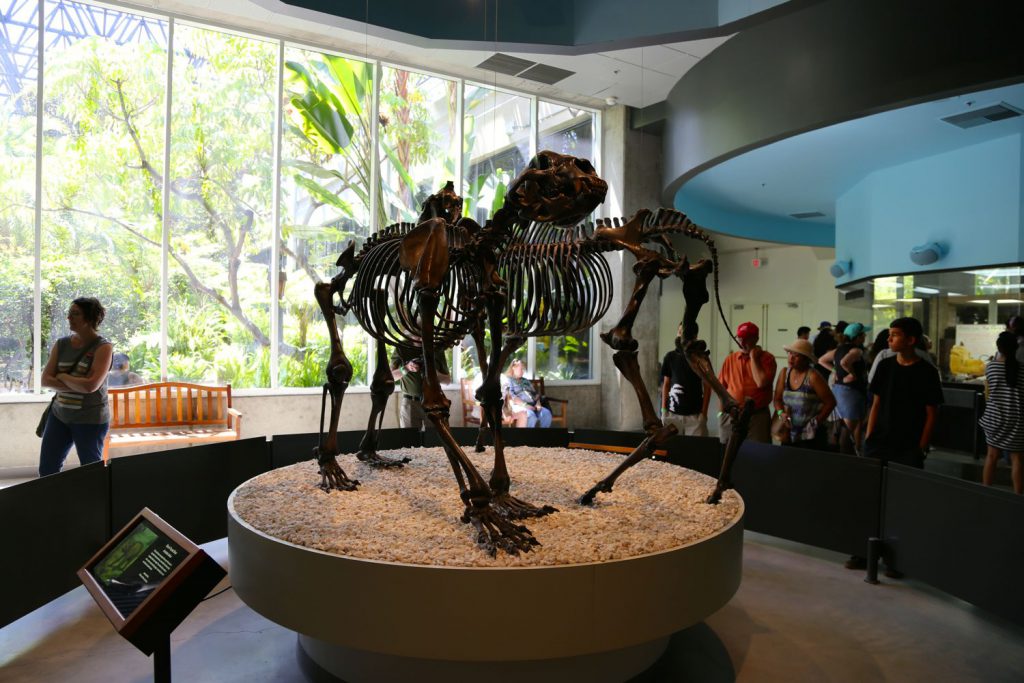In the heart of Los Angeles is one of the most popular and notable deposits of oil that bubbles to the surface as the La Brea Tar Pits. Like the city of the same name, Brea refers to the spanish word for natural asphalt or tar.
The Land
The land was part of a Mexican land grant, Rancho La Brea, held by Antonio José Rocha. The filing process and subsequent legal battles to retain the land—after California left Mexico and joined the US—took two decades and left the Rocha family broke. The land was sold to their lawyer and surveyor, Henry Hancock in 1873. Hancock commercially developed the tar pits, shipping tar up to San Francisco. Oil was also discovered on the land by Arthur Gilmore, who had bought a parcel of the ranch for dairy farming in the 1890s. Hancock’s son continued to develop the land and donated 23 acres to Los Angeles to become Hancock park, an area now housing the Los Angeles County Museum of Art, George C. Page Museum, and the tar pits themselves.
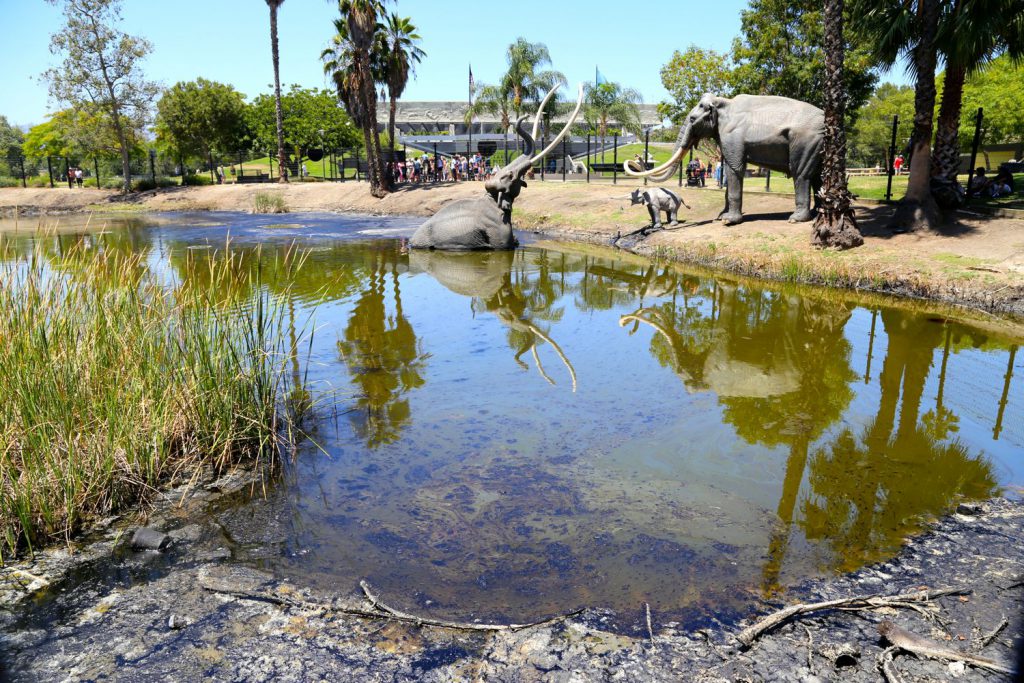
The Pits
The scattered tar deposits in present day Hancock Park distinguish themselves for the range of prehistoric animals that were trapped and preserved by the gooey tar. Initially, bones discovered in the tar were considered livestock and not notable. It was not until the uncovering are large carnivores that this opinion was reexamined. Dire wolves and saber-tooth cats have been found in abundance by archeologists exploring these pits*. In 1875, William Denton was given a canine from a saber-tooth cat by the Hancocks. He became the first to publish a description the fossils from extinct animals in the pits. Between 1913 and 1915, the Los Angeles County Museum was granted sole right to excavate the pits. Over 600 species of plants and animals have been identified as living in La Brea through this and subsiquent excavations.
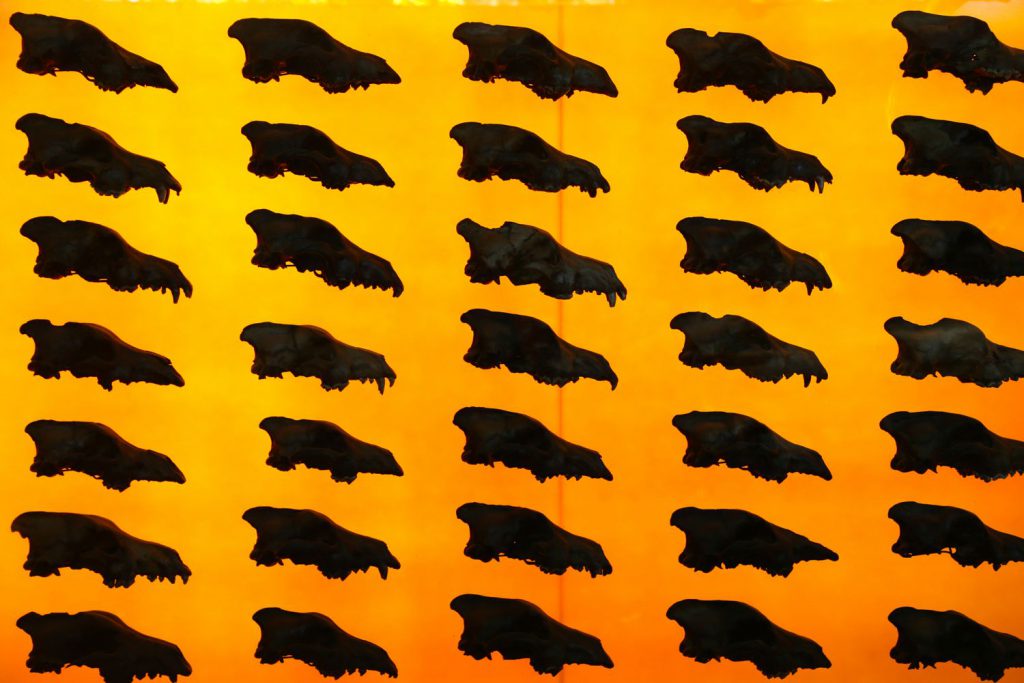
The Museum
The George C. Page Museum is dedicated to the research, preservation, and education about these animals that were trapped in the pits. Mammoths, dire wolves, saber-tooth cats, giant ground sloths, bison, camels, birds, and other ancient flora and fauna are all on display for visitors. While many people think that the bones on display are merely casts, most are real fossilized bones that have been excavated from the pits. The darker color of the bones is due to the tar where they were found.
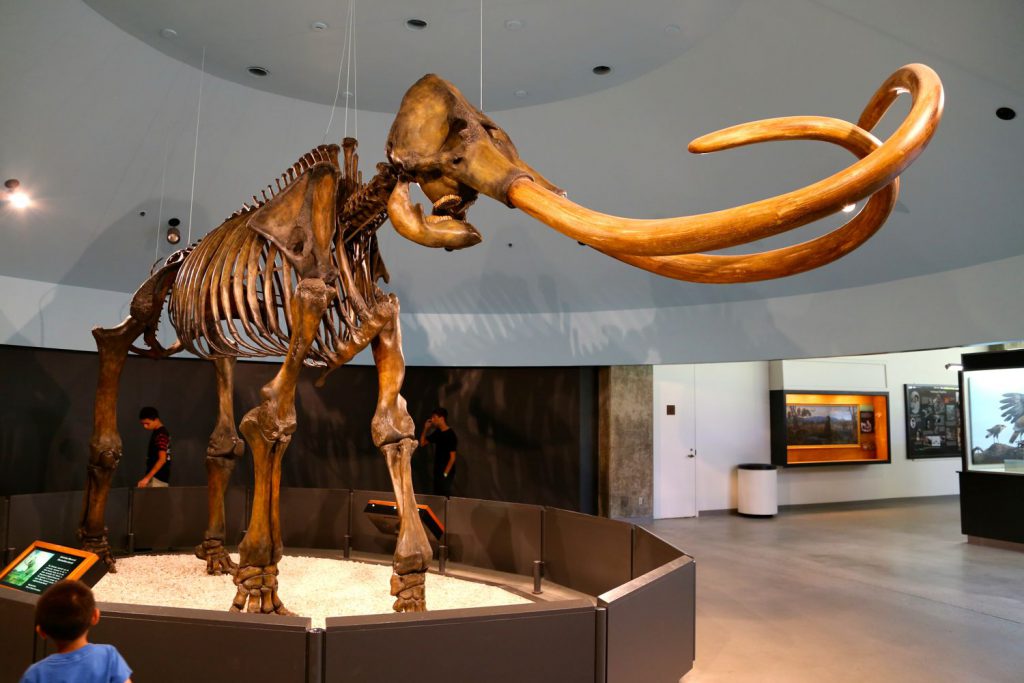
The Garden
In the center of the museum is the Pleistocene Garden, a collection of plants that were known to be indigenous to the LA area during the time that mammoths and saber-tooth cats roamed. The selection is based on flora discovered in the pits.
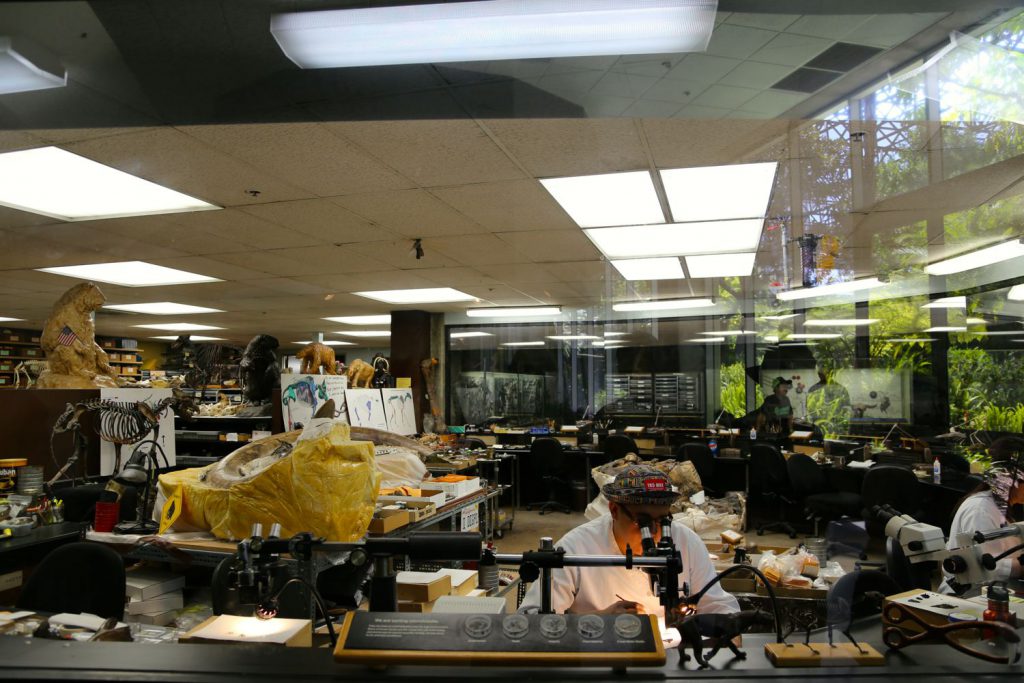
The Research
Archeologists are continually excavating different deposits across the park. After the Page Museum, stroll through Hancock park to watch an excavation in action. Pit 91 fossil excavation has an observation room for the public to watch while new bones are being excavated. A near-complete Columbian mammoth was found in this area.
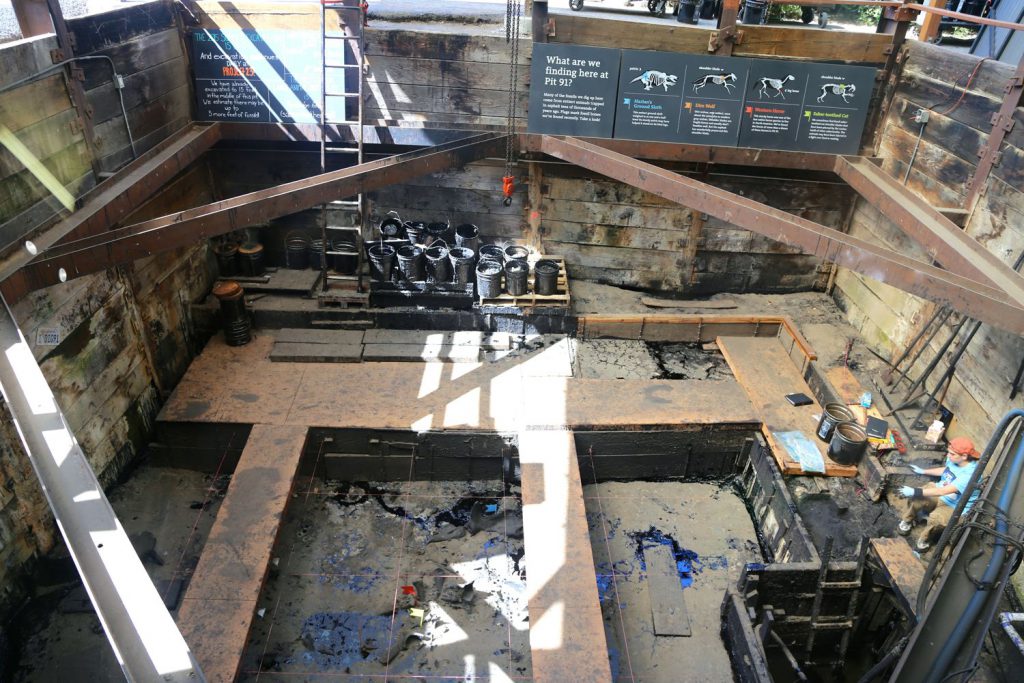
Nearby Oil Claims
Learn More
- La Brea Tar Pits webpage
- See the Land Patent for Rancho La Brea #CACAAA-085077
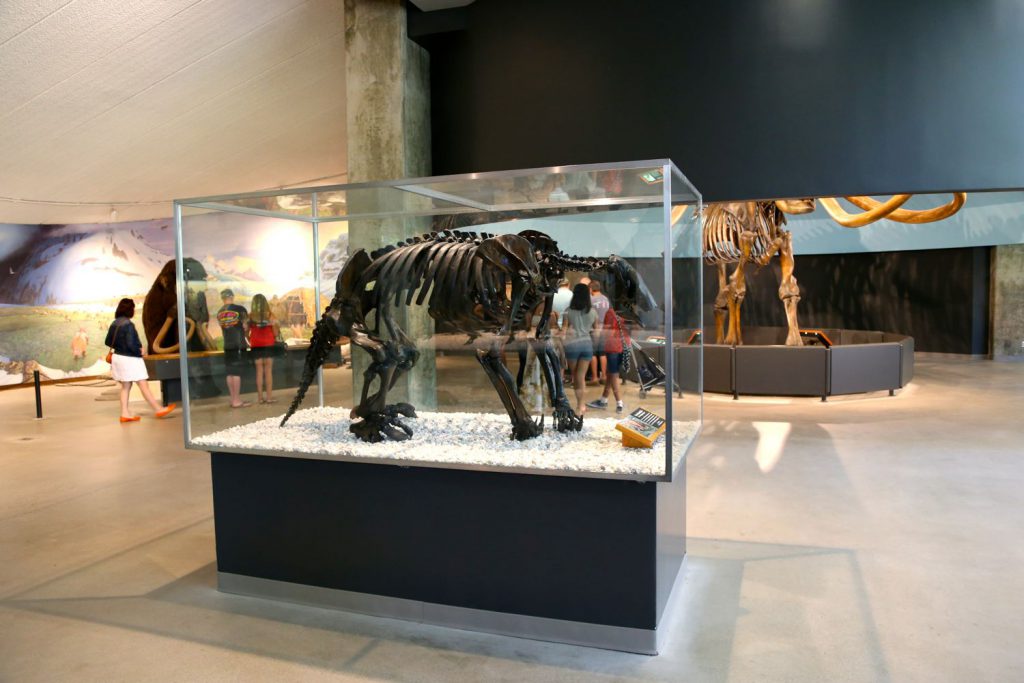
* There are no dinosaurs in the pits, as Los Angeles was covered in water during the Jurrasic Period.

